Author Photo And Bio
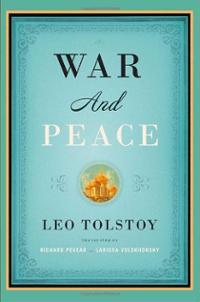 1. War and Peace by Leo Tolstoy (1869). Mark Twain supposedly said of this masterpiece, “Tolstoy carelessly neglects to include a boat race.” Everything else is included in this epic novel that revolves around Napoleon’s invasion of Russia in 1812. Tolstoy is as adept at drawing panoramic battle scenes as he is at describing individual feeling in hundreds of characters from all strata of society, but it is his depiction of Prince Andrey, Natasha, and Pierre —who struggle with love and with finding the right way to live —that makes this book beloved.
1. War and Peace by Leo Tolstoy (1869). Mark Twain supposedly said of this masterpiece, “Tolstoy carelessly neglects to include a boat race.” Everything else is included in this epic novel that revolves around Napoleon’s invasion of Russia in 1812. Tolstoy is as adept at drawing panoramic battle scenes as he is at describing individual feeling in hundreds of characters from all strata of society, but it is his depiction of Prince Andrey, Natasha, and Pierre —who struggle with love and with finding the right way to live —that makes this book beloved.
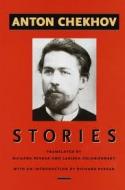 2. Stories of Anton Chekhov (1860–1904). The son of a freed Russian serf, Anton Chekhov became a doctor who, between the patients he often treated without charge, invented the modern short story. The form had been overdecorated with trick endings and swags of atmosphere. Chekhov freed it to reflect the earnest urgencies of ordinary lives in crises through prose that blended a deeply compassionate imagination with precise description. “He remains a great teacher-healer-sage,” Allan Gurganus observed of Chekhov’s stories, which “continue to haunt, inspire, and baffle.”
2. Stories of Anton Chekhov (1860–1904). The son of a freed Russian serf, Anton Chekhov became a doctor who, between the patients he often treated without charge, invented the modern short story. The form had been overdecorated with trick endings and swags of atmosphere. Chekhov freed it to reflect the earnest urgencies of ordinary lives in crises through prose that blended a deeply compassionate imagination with precise description. “He remains a great teacher-healer-sage,” Allan Gurganus observed of Chekhov’s stories, which “continue to haunt, inspire, and baffle.”
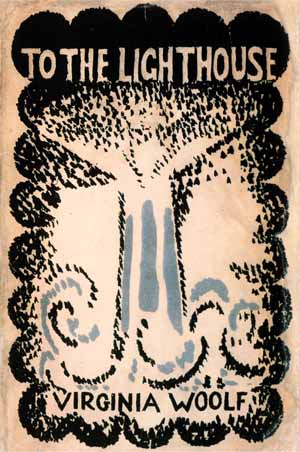 3. To the Lighthouse by Virginia Woolf (1927). The Ramsays and their eight children vacation with an assortment of scholarly and artistic houseguests by the Scottish seaside. Mainly set on two days ten years apart, the novel describes the loss, love, and disagreements of family life while reaching toward the bigger question—“What is the meaning of life?”—that Woolf addresses in meticulously crafted, modernist prose that is impressionistic without being vague or sterile.
3. To the Lighthouse by Virginia Woolf (1927). The Ramsays and their eight children vacation with an assortment of scholarly and artistic houseguests by the Scottish seaside. Mainly set on two days ten years apart, the novel describes the loss, love, and disagreements of family life while reaching toward the bigger question—“What is the meaning of life?”—that Woolf addresses in meticulously crafted, modernist prose that is impressionistic without being vague or sterile.
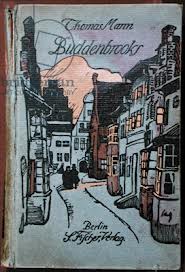 4. Buddenbrooks by Thomas Mann (1900). Subtitled “The Decline of a Family,” Mann’s first novel chronicles the shifting fortunes of four generations of German merchants. A brilliant literary colorist, adept with rich jewel tones, earthy pigments, and deep chiaroscuro alike, Mann recalls the Dutch Masters in his painterly command of bourgeois interiors and intimate domestic scenes. In equally lucid detail, often with tongue in cheek, he probes the psychological depths of his characters as they follow the arc from Enlightenment vigor to Romantic decadence in this sprawling family saga bristling with comedy and pathos.
4. Buddenbrooks by Thomas Mann (1900). Subtitled “The Decline of a Family,” Mann’s first novel chronicles the shifting fortunes of four generations of German merchants. A brilliant literary colorist, adept with rich jewel tones, earthy pigments, and deep chiaroscuro alike, Mann recalls the Dutch Masters in his painterly command of bourgeois interiors and intimate domestic scenes. In equally lucid detail, often with tongue in cheek, he probes the psychological depths of his characters as they follow the arc from Enlightenment vigor to Romantic decadence in this sprawling family saga bristling with comedy and pathos.
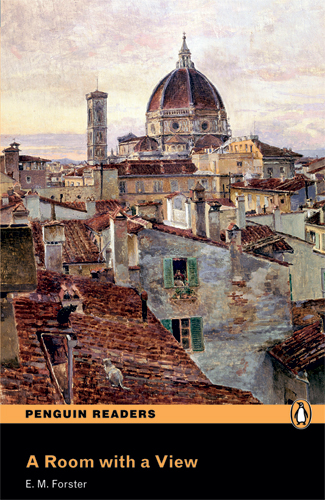 5. A Room with a View by E. M. Forster (1908). While the Brits might be repressed at home, they seem to lose their heads (and sometimes their clothes) in hot, hot Italy. This eagle-eyed satire of the Italian effect stars the wealthy and young Lucy Honeychurch, who switches hotel rooms in Florence with a lower-class British father and son and then fights her mounting attraction to the son as well as her building rebelliousness against the corset of Victorian manners.
5. A Room with a View by E. M. Forster (1908). While the Brits might be repressed at home, they seem to lose their heads (and sometimes their clothes) in hot, hot Italy. This eagle-eyed satire of the Italian effect stars the wealthy and young Lucy Honeychurch, who switches hotel rooms in Florence with a lower-class British father and son and then fights her mounting attraction to the son as well as her building rebelliousness against the corset of Victorian manners.
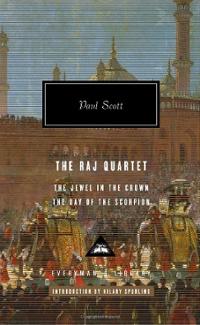 6. The Raj Quartet by Paul Scott (1966–75). Made famous by a popular television series, this rich quartet of novels dramatizes the final years of British rule (“the Raj”) in India through explorations of several intersecting lives. Indian Hari Kumar’s interracial relationship with Englishwoman Daphne Manners, the career and sexual opportunism of Police Super intendent Ronald Merrick, the encroaching madness and despair of idealistic missionary Barbie Batchelor, and the failure of well-intentioned diplomat Guy Perron to decipher the riddle India poses for its would-be conquerors are painstakingly woven into an engrossing, unforgettable extended narrative.
6. The Raj Quartet by Paul Scott (1966–75). Made famous by a popular television series, this rich quartet of novels dramatizes the final years of British rule (“the Raj”) in India through explorations of several intersecting lives. Indian Hari Kumar’s interracial relationship with Englishwoman Daphne Manners, the career and sexual opportunism of Police Super intendent Ronald Merrick, the encroaching madness and despair of idealistic missionary Barbie Batchelor, and the failure of well-intentioned diplomat Guy Perron to decipher the riddle India poses for its would-be conquerors are painstakingly woven into an engrossing, unforgettable extended narrative.
 7. The Leopard by Giuseppe Tomasi di Lampedusa (1958). While liberal rebels roam the hills of Sicily, and rumors spread that Garibaldi’s army is poised for invasion, the old prince Don Fabrizio struggles to manage his vast and now threatened estates. “I belong to an unfortunate generation,” he says, “swung between the old world and the new, and I find myself ill at ease in both.” While charting what he sees as nineteenth-century Sicily’s necessary movement toward science and liberal politics, Lampedusa uses the admirable prince to suggest the traditions and values lost in the process.
7. The Leopard by Giuseppe Tomasi di Lampedusa (1958). While liberal rebels roam the hills of Sicily, and rumors spread that Garibaldi’s army is poised for invasion, the old prince Don Fabrizio struggles to manage his vast and now threatened estates. “I belong to an unfortunate generation,” he says, “swung between the old world and the new, and I find myself ill at ease in both.” While charting what he sees as nineteenth-century Sicily’s necessary movement toward science and liberal politics, Lampedusa uses the admirable prince to suggest the traditions and values lost in the process.
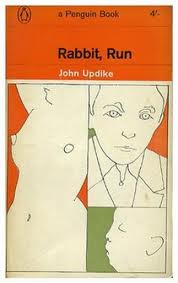 8. Rabbit Angstrom — Rabbit, Run (1960), Rabbit Redux (1971), Rabbit Is Rich (1981), Rabbit at Rest (1990) — by John Updike. Read as four discrete stories or as a seamless quartet, the Rabbit novels are a tour de force chronicle, critique, and eloquent appreciation of the American white Protestant middle-class male and the swiftly shifting culture around him in the last four decades of the twentieth century. From his feckless youth as a promising high school athlete and unready husband and father in Rabbit, Run; through vulgar affluence, serial infidelity, and guilt as a car dealer in Rabbit Redux; to angry bewilderment over 1970s social upheaval in Rabbit Is Rich, the meaningfully named Rabbit Angstrom gamely tries to keep up with it all, to be a good guy. But the world is too much with, and for, Rabbit, who staggers through literal and metaphorical heart failure before finally falling in Rabbit at Rest.
8. Rabbit Angstrom — Rabbit, Run (1960), Rabbit Redux (1971), Rabbit Is Rich (1981), Rabbit at Rest (1990) — by John Updike. Read as four discrete stories or as a seamless quartet, the Rabbit novels are a tour de force chronicle, critique, and eloquent appreciation of the American white Protestant middle-class male and the swiftly shifting culture around him in the last four decades of the twentieth century. From his feckless youth as a promising high school athlete and unready husband and father in Rabbit, Run; through vulgar affluence, serial infidelity, and guilt as a car dealer in Rabbit Redux; to angry bewilderment over 1970s social upheaval in Rabbit Is Rich, the meaningfully named Rabbit Angstrom gamely tries to keep up with it all, to be a good guy. But the world is too much with, and for, Rabbit, who staggers through literal and metaphorical heart failure before finally falling in Rabbit at Rest.
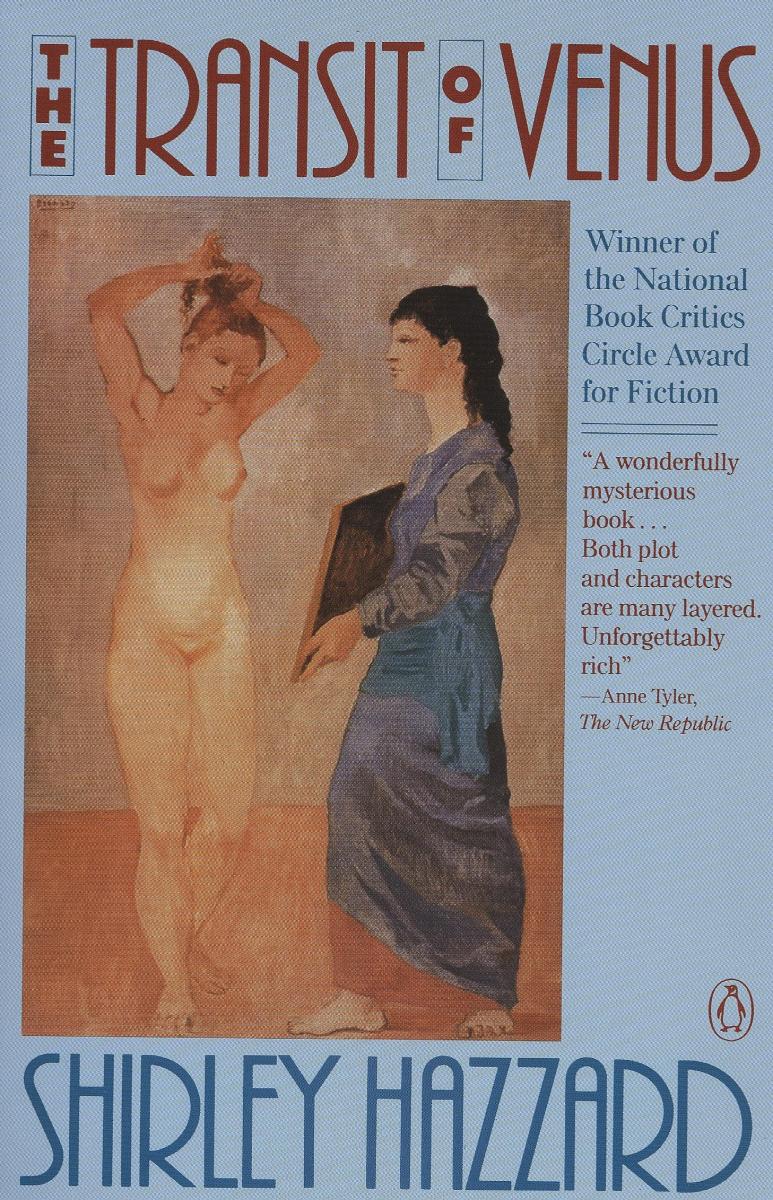 9. The Transit of Venus by Shirley Hazzard (1980). Like planets moving across the sky —always the same yet always changing —this sumptuously written novel follows the lives of two orphaned sisters who leave Australia in the 1950s to begin new lives in England. While Grace turns to marriage for a safe transit through life, Caro charts a riskier course, one that brings her love and betrayal over the decades.
9. The Transit of Venus by Shirley Hazzard (1980). Like planets moving across the sky —always the same yet always changing —this sumptuously written novel follows the lives of two orphaned sisters who leave Australia in the 1950s to begin new lives in England. While Grace turns to marriage for a safe transit through life, Caro charts a riskier course, one that brings her love and betrayal over the decades.
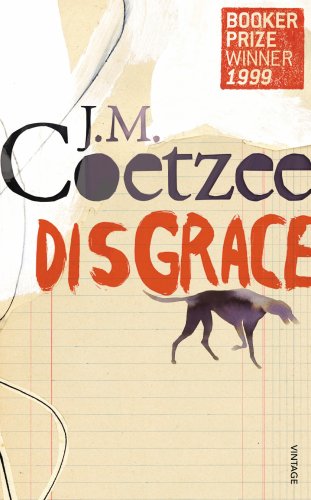 10. Disgrace by J. M. Coetzee (1999). Fifty-two years old and twice divorced, Professor David Lurie thought the affair with his student might bring passion back to his life. Instead, it costs him his job and his friends when he refuses to repent his sin. He retreats to his daughter’s farm, hoping to build on their relationship and write about Byron. But his tranquil oasis is shattered by racial violence in this uncompromising novel by the South African Nobel laureate.
10. Disgrace by J. M. Coetzee (1999). Fifty-two years old and twice divorced, Professor David Lurie thought the affair with his student might bring passion back to his life. Instead, it costs him his job and his friends when he refuses to repent his sin. He retreats to his daughter’s farm, hoping to build on their relationship and write about Byron. But his tranquil oasis is shattered by racial violence in this uncompromising novel by the South African Nobel laureate.